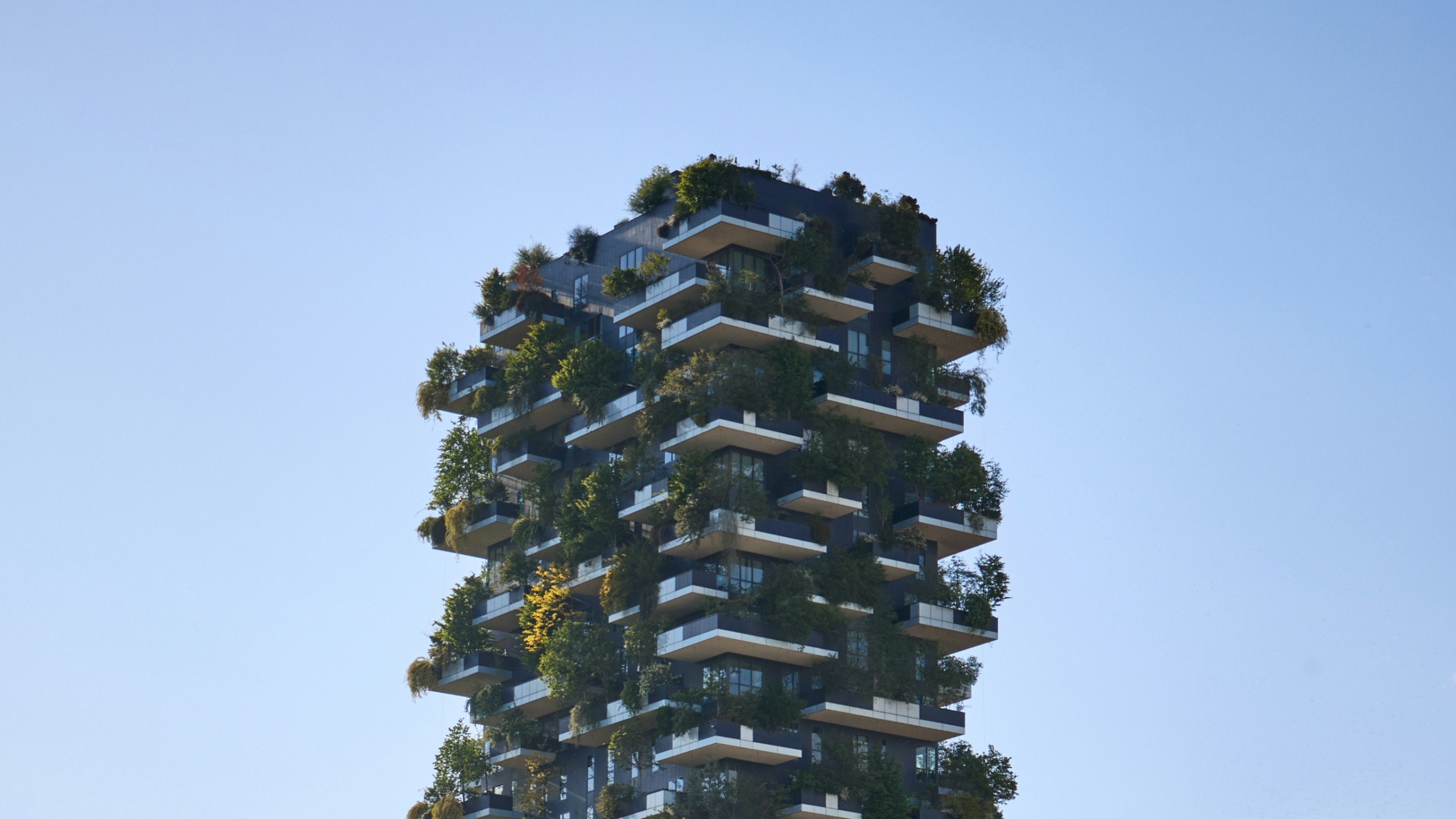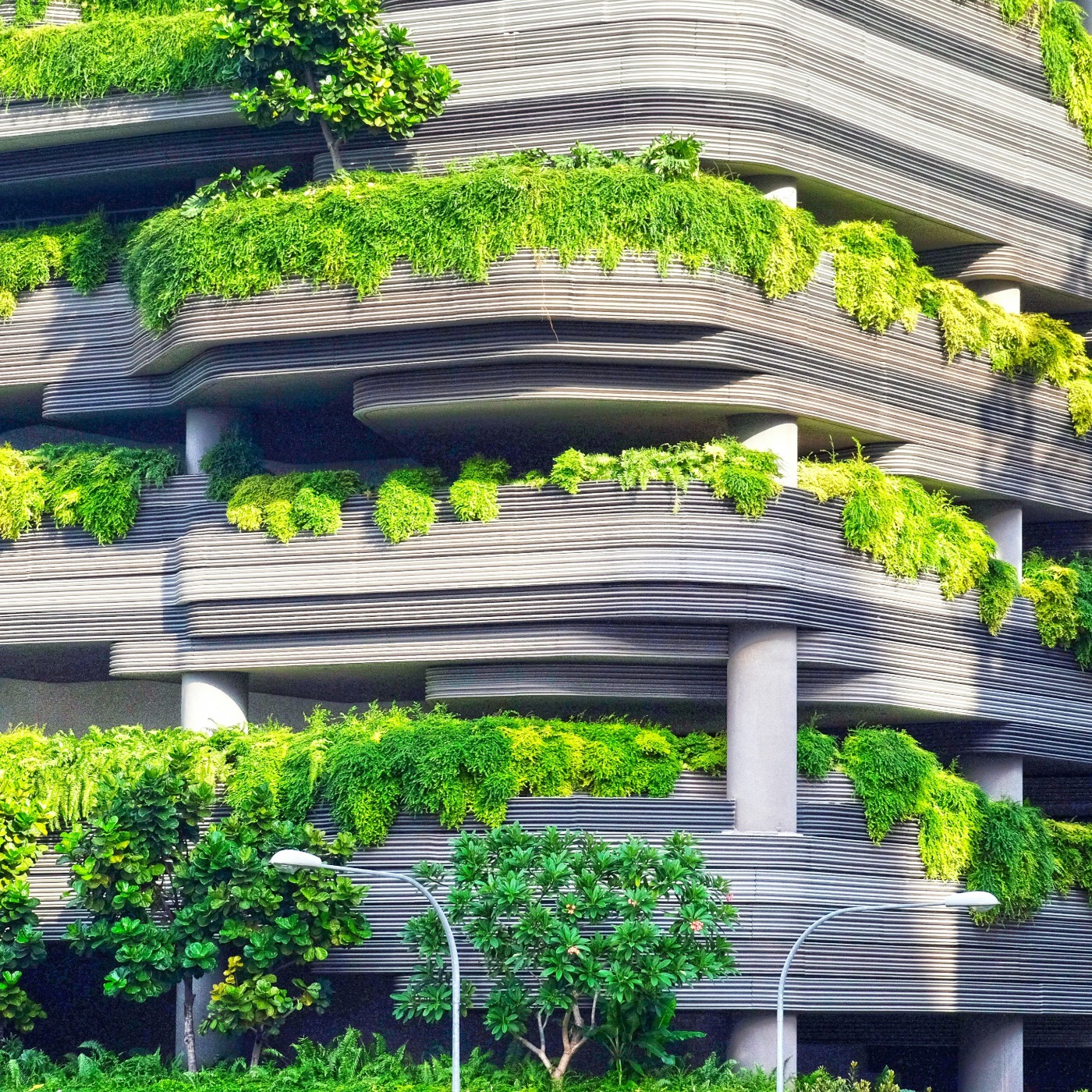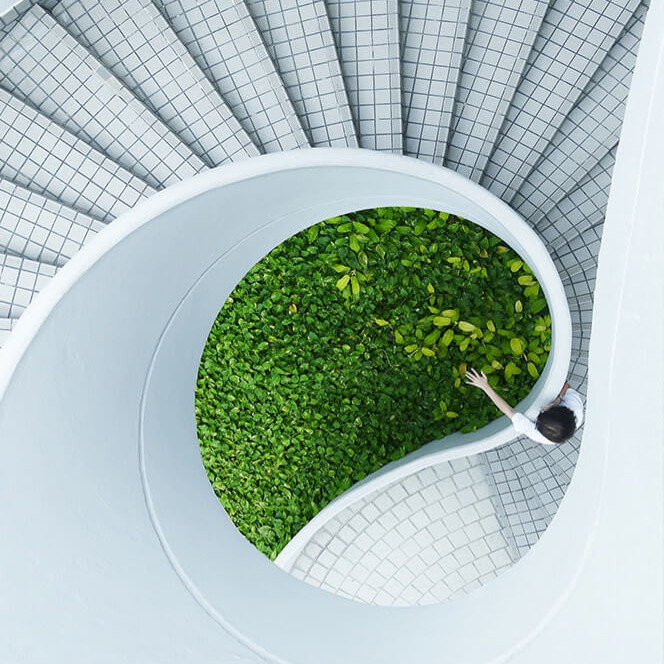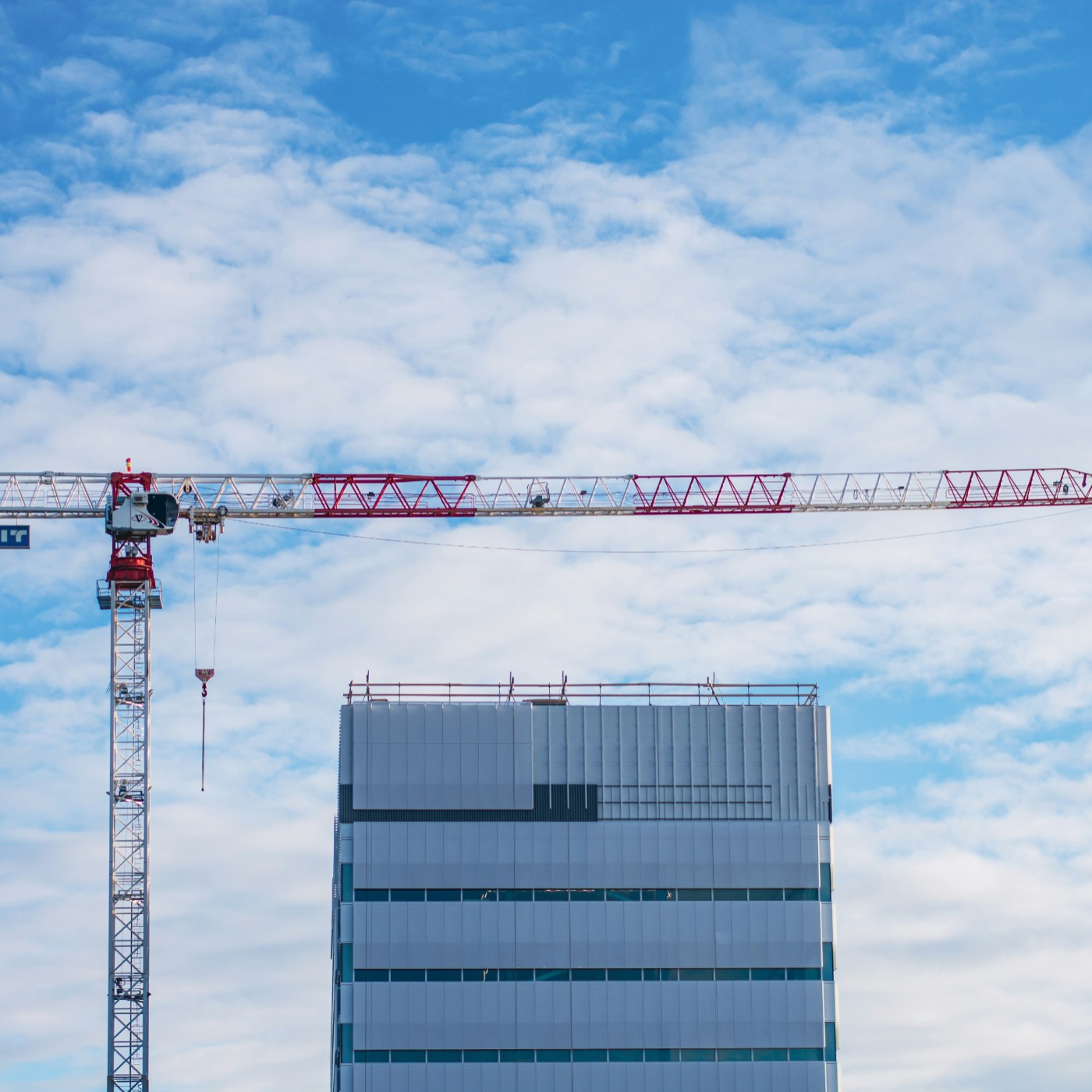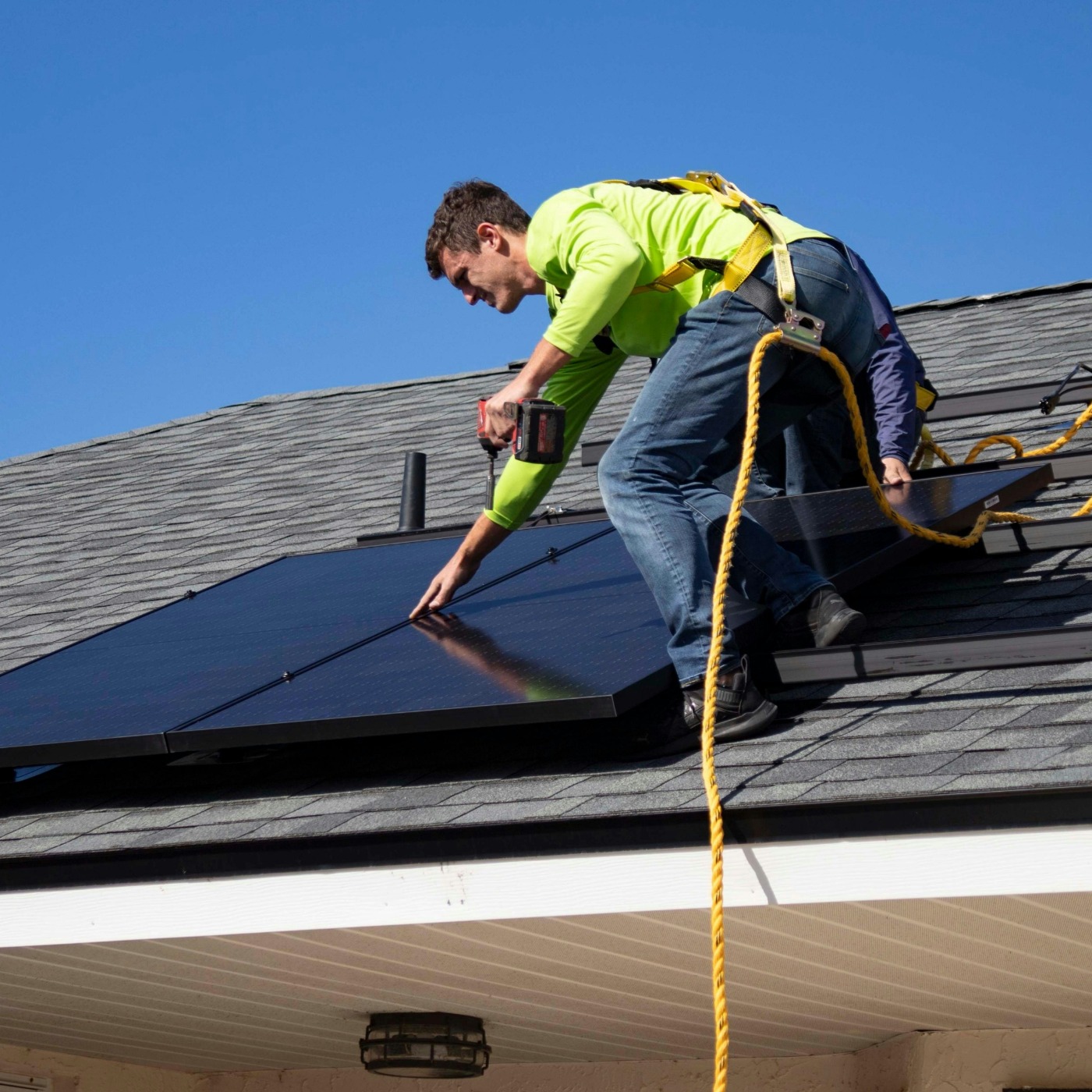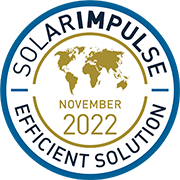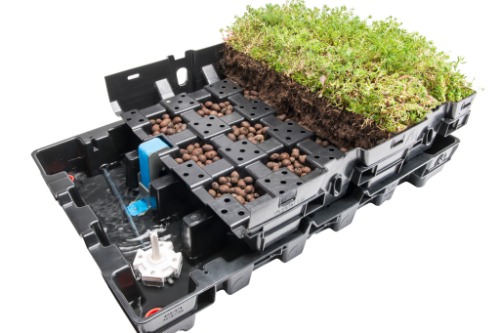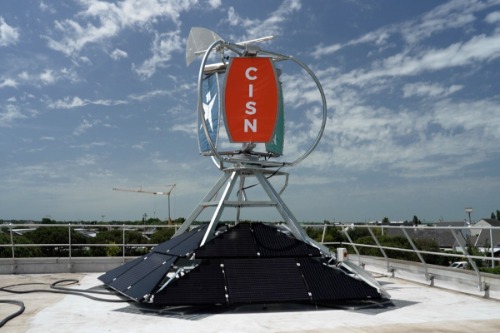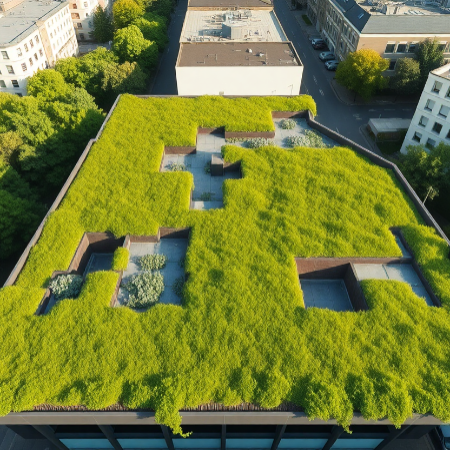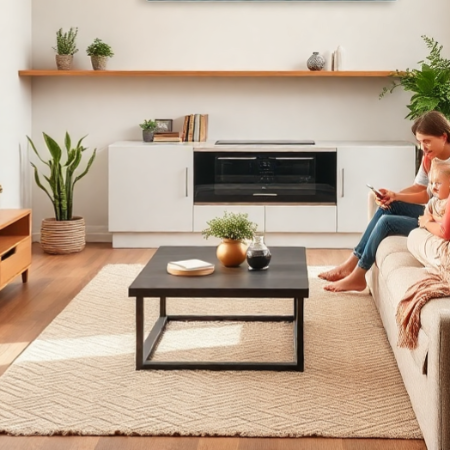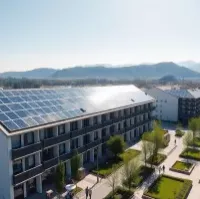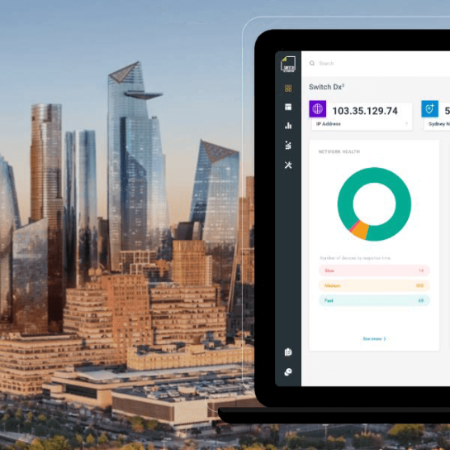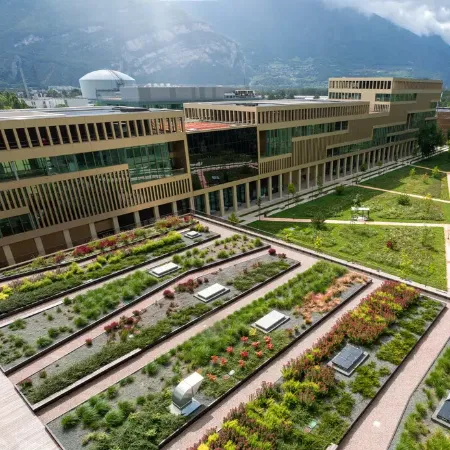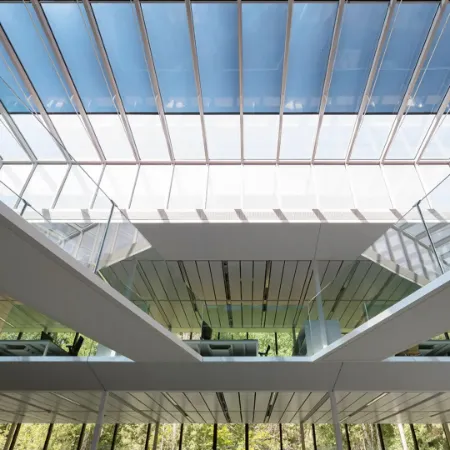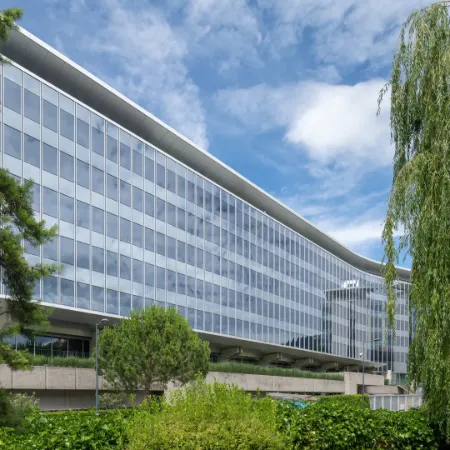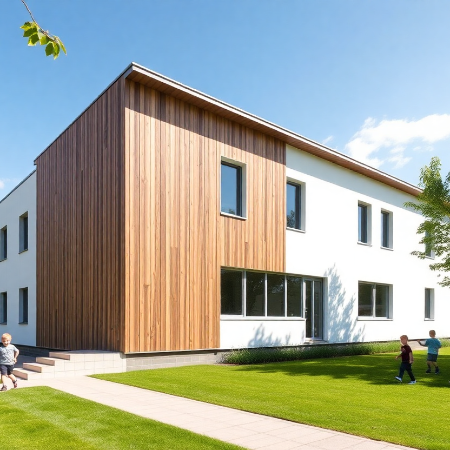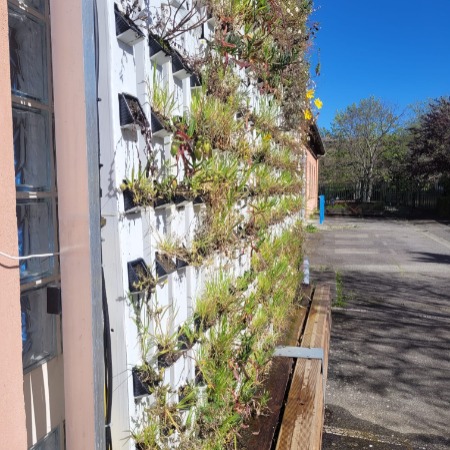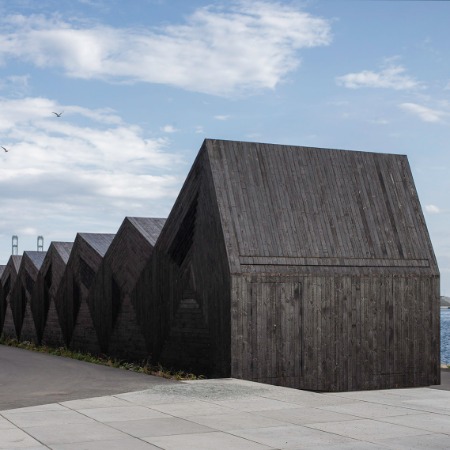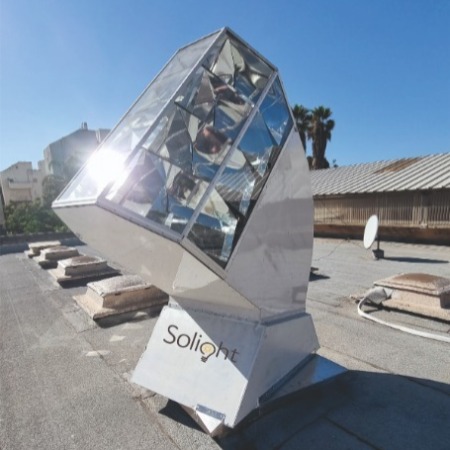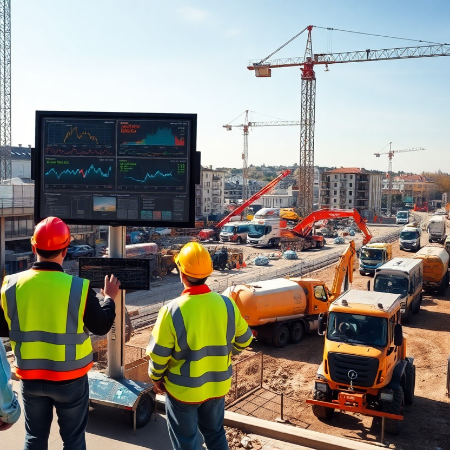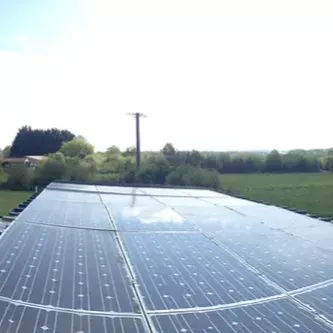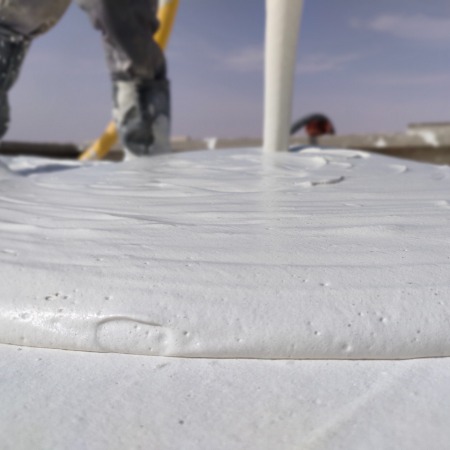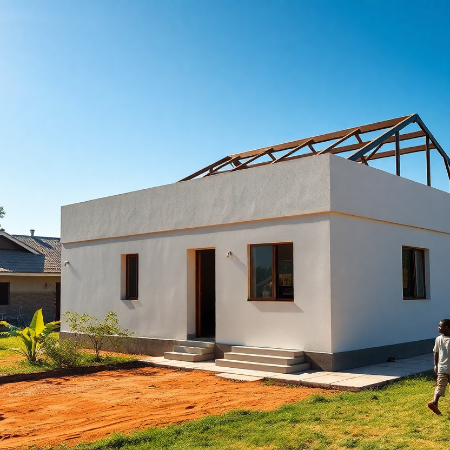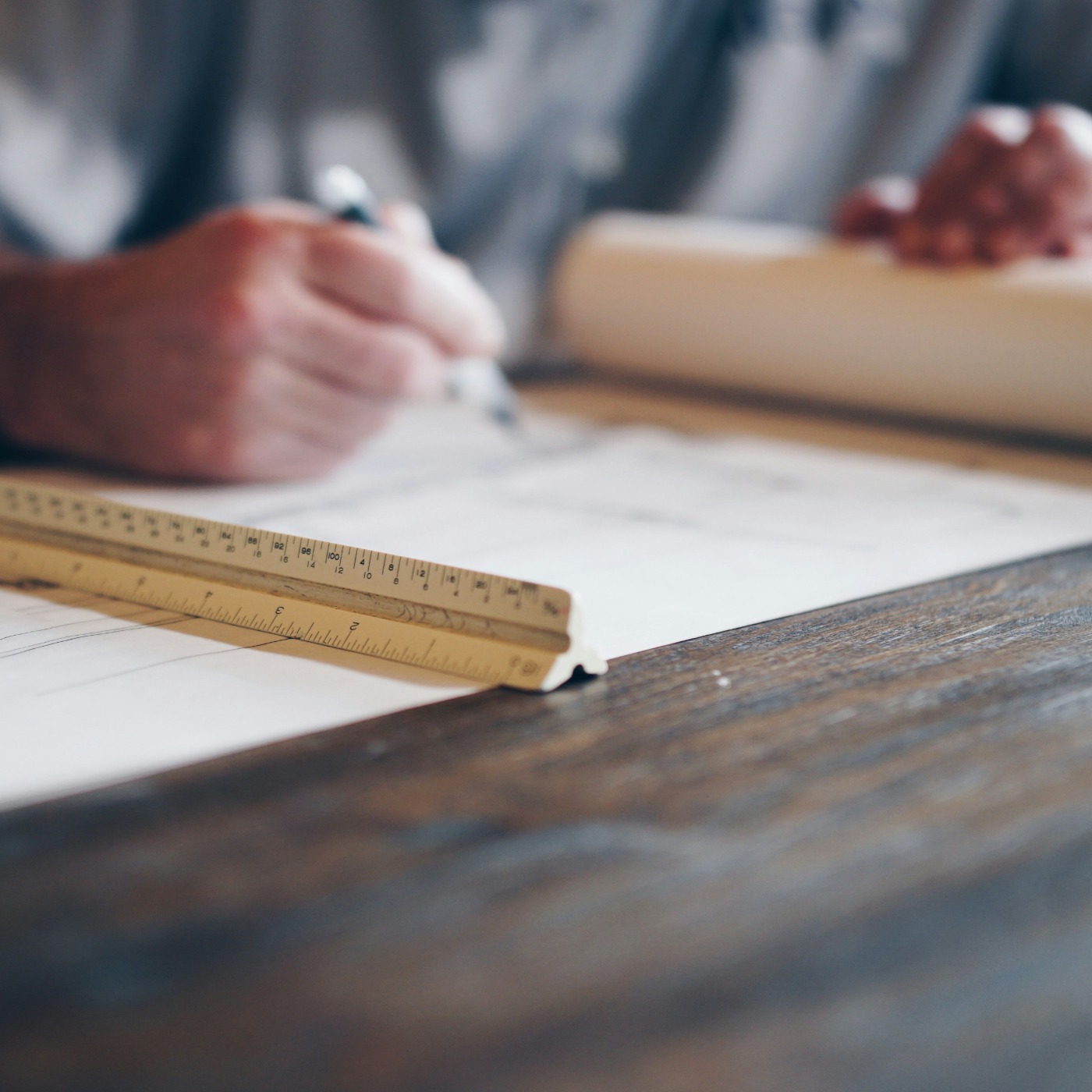01. Avantages
Construction écologique Avantages
- Environnemental: la priorité étant donnée aux matériaux locaux, renouvelables, biosourcés et recyclables, et la conception étant basée sur l'utilisation d'énergies renouvelables (géothermie, aérothermie, solaire, bois) et la préservation des ressources (efficacité énergétique et de l'eau, meilleure isolation), le premier avantage de la construction durable est la protection de l'environnement.
- ÉconomiqueSelon un rapport du World Green Building Council, les économies réalisées dans un bâtiment durable peuvent être très importantes : de 25 à 35 % d'économies d'énergie et jusqu'à 39 % d'économies d'eau par rapport à un bâtiment conventionnel. En outre, la construction écologique stimule le marché de l'immobilier et permet de réduire les coûts d'exploitation.
- SocialLes bâtiments écologiques contribuent à l'amélioration de la qualité de vie, en améliorant la santé, le bien-être et le confort des occupants (isolation thermique et acoustique, meilleure gestion de l'énergie et de l'éclairage). De plus, ils minimisent la pression sur les infrastructures locales.
